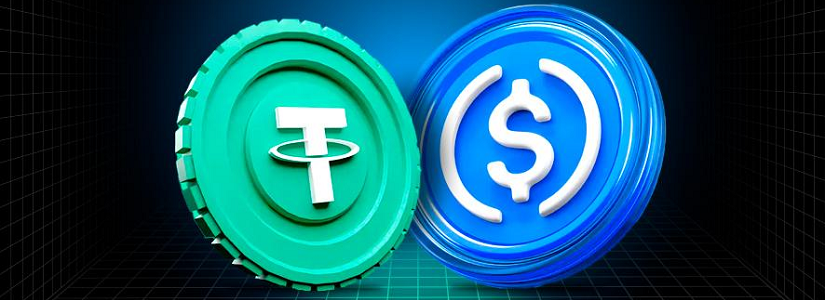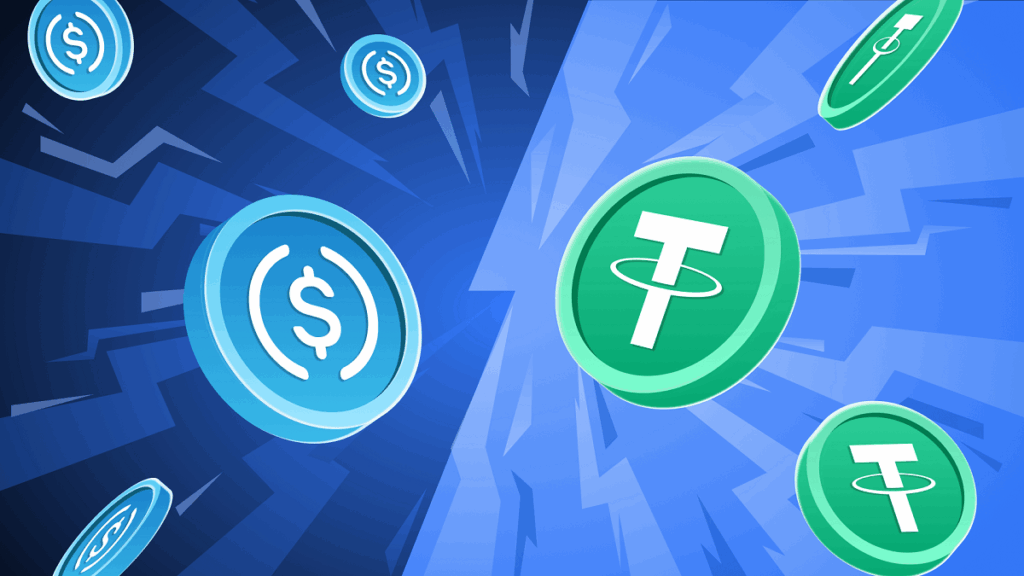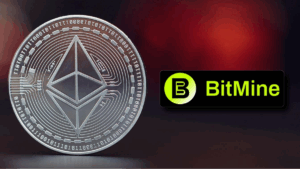TL;DR
- Tether’s USDT and Circle’s USDC, while still leading the stablecoin market, have seen their combined share drop to 84%, down from a peak of 91.6% in early 2024.
- Emerging stablecoins like Ethena’s USDe, Sky’s USDS, and PayPal’s PYUSD are gaining traction.
- Additionally, new bank-issued stablecoins are poised to enter the market, creating more competition and opportunities for yield-focused offerings.
Tether’s USDT and Circle’s USDC, the two largest stablecoins by market capitalization, have been slowly losing ground over the past year. Although their market caps continue to grow, their combined dominance in the stablecoin sector has fallen from 91.6% in March 2024 to roughly 84% today, according to DefiLlama and CoinGecko. Analysts attribute this shift to growing competition, rising yields on newer coins, evolving regulatory frameworks, and increased user experimentation across multiple DeFi platforms.
Nic Carter, partner at Castle Island Ventures, highlighted on X that the
“stablecoin duopoly is ending.”
He emphasized that new issuers and banks now have the opportunity to challenge the long-standing leaders by offering more attractive yield-bearing stablecoins.
Emerging Stablecoins Gain Traction Across Markets
Several stablecoins have started to capture investor attention, including Ethena’s USDe, Sky’s USDS, PayPal’s PYUSD, and World Liberty’s USD1. USDe, in particular, has surged to a $14.7 billion supply, benefiting from yield generation tied to crypto basis trades. Carter also mentioned that additional coins such as Ondo’s USDY, Paxos’ USDG, and Agora’s AUSD are entering the ecosystem, signaling a broader diversification trend. Stablecoin adoption is also spreading internationally, with Asia and Europe showing growing interest.
Regulatory support and technological innovation have encouraged these developments. Despite the US GENIUS Act introducing stricter rules for yield-bearing stablecoins, platforms continue to experiment with ways to deliver passive income to holders. Circle, for example, is collaborating with Coinbase to implement yield on USDC, reflecting the broader push for more flexible and competitive options.

Bank Consortia Set to Challenge Established Players
Banks and financial institutions are increasingly entering the stablecoin market. Carter noted that collaborative efforts, rather than individual bank initiatives, are more likely to produce coins capable of rivaling Tether and USDC. A notable example is a European consortium including ING, UniCredit, and seven other banks planning a euro-denominated stablecoin compliant with MiCA, expected by 2026.
As competition rises from both private and institutional players, the stablecoin market is evolving into a more dynamic and diversified sector, offering holders greater choice, innovative solutions, and potential returns across multiple blockchain networks.










